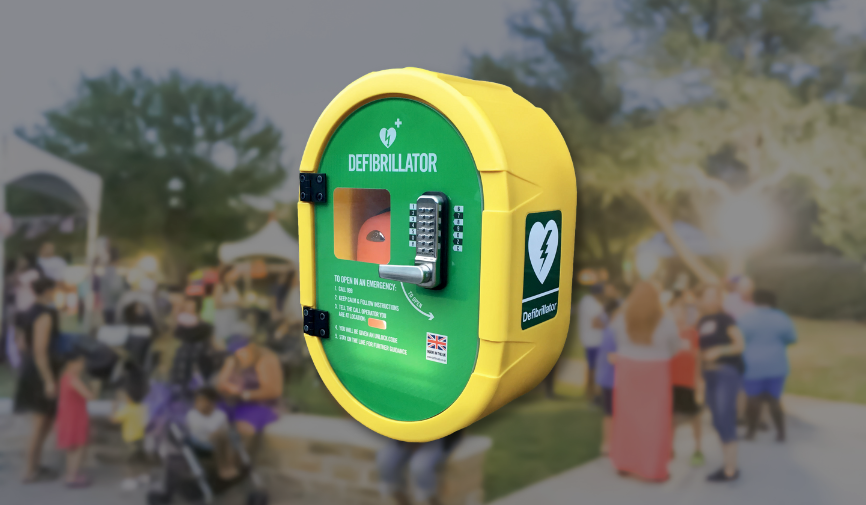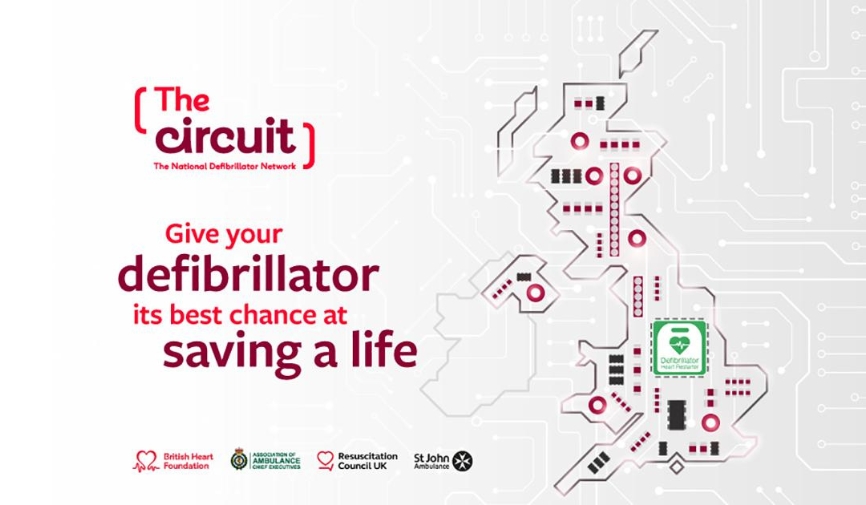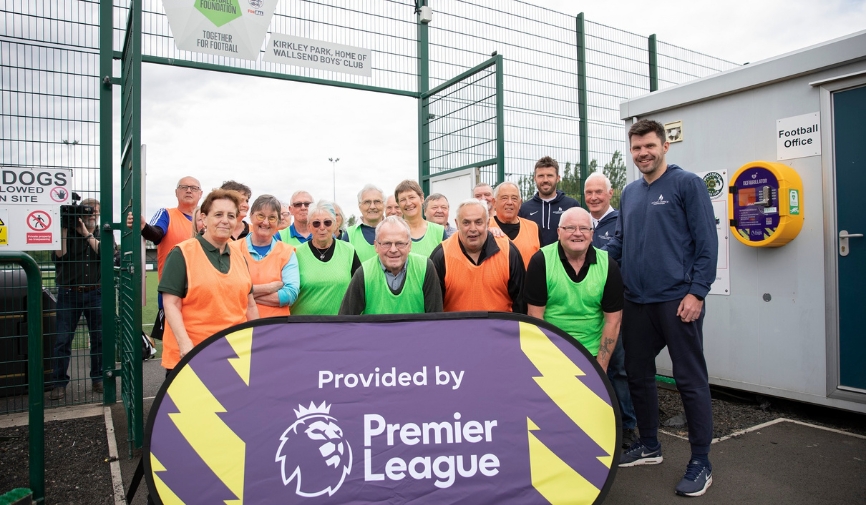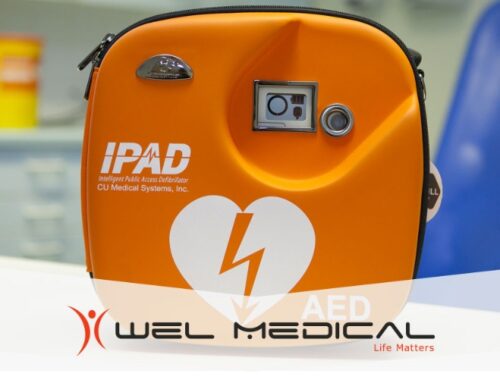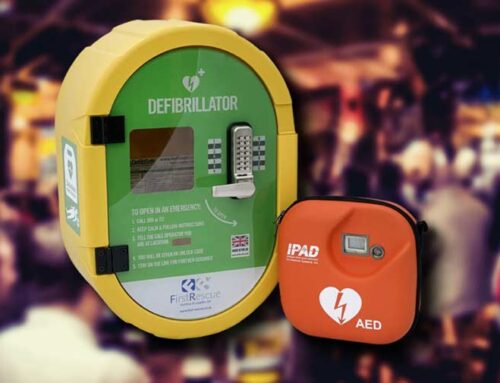Sudden cardiac arrests are among the leading causes of death in the UK, accounting for around 100,000 deaths yearly. Put another way, that’s an average of one cardiac arrest-related death every five minutes. It’s crucial, then, that communities have access to the right equipment to combat this threat.
AEDs play a crucial role across the United Kingdom by supporting those experiencing sudden cardiac arrest. These sophisticated yet easy-to-use medical devices can analyse the heart’s rhythm and, if required, deliver an electrical shock (defibrillation) to enable the heart to re-establish an effective rhythm.
The impact of correctly using a community-funded AED is profound. For example, adequate cardiopulmonary resuscitation (find out more about where you can access CPR training in this article), combined with the proper use of a defibrillator, can see survival rates from sudden cardiac arrests soar from 8% to 53%.
Getting hold of an AED isn’t always straightforward, though, as medical equipment can be expensive and inaccessible for many. Therefore, we decided to share how communities can fully or partially fund a local AED.
Government Investment
Back in December, the UK government announced that the number of community defibrillators would be increased, thanks to new funding. The Health Secretary pledged a £1 million fund invested through an independent partner. This is intended to increase access to community defibrillators by an estimated 1,000, with organisations and community groups encouraged to bid to place defibrillators in the areas most in need.
Successful bidders will be asked to match government funding either partially or entirely, potentially doubling the numbers of new defibrillators in communities up and down the country. In addition, applicants must prove that the defibrillators will be placed in areas where they will be most needed, such as high-footfall locations, areas with larger populations of vulnerable people or rural communities with longer ambulance response times.
The policy suggests examples such as town halls, community centres, local shops and post offices, as well as local parks, to ensure that defibrillators are evenly spread throughout communities. Organisations are then encouraged to register their defibrillators on The Circuit, a national defibrillator database for ambulance services, to identify the closest device quickly.
The British Heart Foundation (BHF)
As a leading cardiovascular research charity, it stands to reason that supporting community funding for AEDs is a priority for the BHF. Consequently, the BHF have certain criteria for applicants for their defibrillator funding programme:
- Applicants must be able to keep the defibrillator outside in an unlocked and un-coded cabinet, where it can be accessed by anyone 24 hours a day.
- Applicants must provide an electricity supply so that the defibrillator is kept at the right temperature in cold weather to prevent damage to the battery and pads.
- Applicants must prove a clear need for the device, for example, in a location with high footfall or a rural area.
- Applicants must show a commitment to training the local community in CPR using the BHF’s free online RevivR training.
- Successful applicants must register their AED on The Circuit.
Source: The British Heart Foundation
Certain groups are not catered to by the BHF, including schools, military and police organisations, GP surgeries and private or profit-making companies. Furthermore, funding can only be given for one defibrillator per organisation.
The Premier League Defibrillator Fund
If you’re involved in running a local football club, there’s good news regarding accessing funding for your local AED. The Premier League Defibrillator Fund supports the installation of AEDs and the necessary External Storage Cabinets at numerous grassroots football facilities across the country without an easily accessible device. The aim is for more than 2,000 sites to benefit from this investment and that, once installed, the AEDs will be easily accessible to the 1.5 million people who use these facilities each season.
Much like the BHF, the Premier League Defibrillator Fund has requirements for applicants. The fund is currently open to Football Foundation Funded facilities that don’t now have an AED on site, as well as affiliated grassroots clubs. These clubs play at Steps 5 and 6 of the FA National League System and Tiers 3 and 4 of the FA Women’s Football Pyramid.
Above: Michael Carrick visits Wallsend Boys Club to celebrate their new defibrillator. Source: Wallsend Boys Club
Grant recipients will be required to have at least one person complete The FA Education’s free online Sudden Cardiac Arrest course, as well as register their device with Emergency Services. This is to allow any member of the public to access the equipment, as well as for the club to receive guidance on how to update their equipment and emergency action plan.
Support your community with an iPAD defibrillator
The iPAD SP1 range has been specially developed with the end user in mind. That means it provides robust, easy-to-use devices with clear, straightforward instructions. The award-winning design and high-quality manufacture incorporate the latest defibrillation tech to ensure the user is able to respond quickly and decisively in an emergency.
For community use, it’s essential to pair your defibrillator with a secure outdoor cabinet to ensure it remains at the correct temperature, as well as safe from adverse weather. View our full range of products by visiting our shop page, or get in contact for more information on what we offer.

